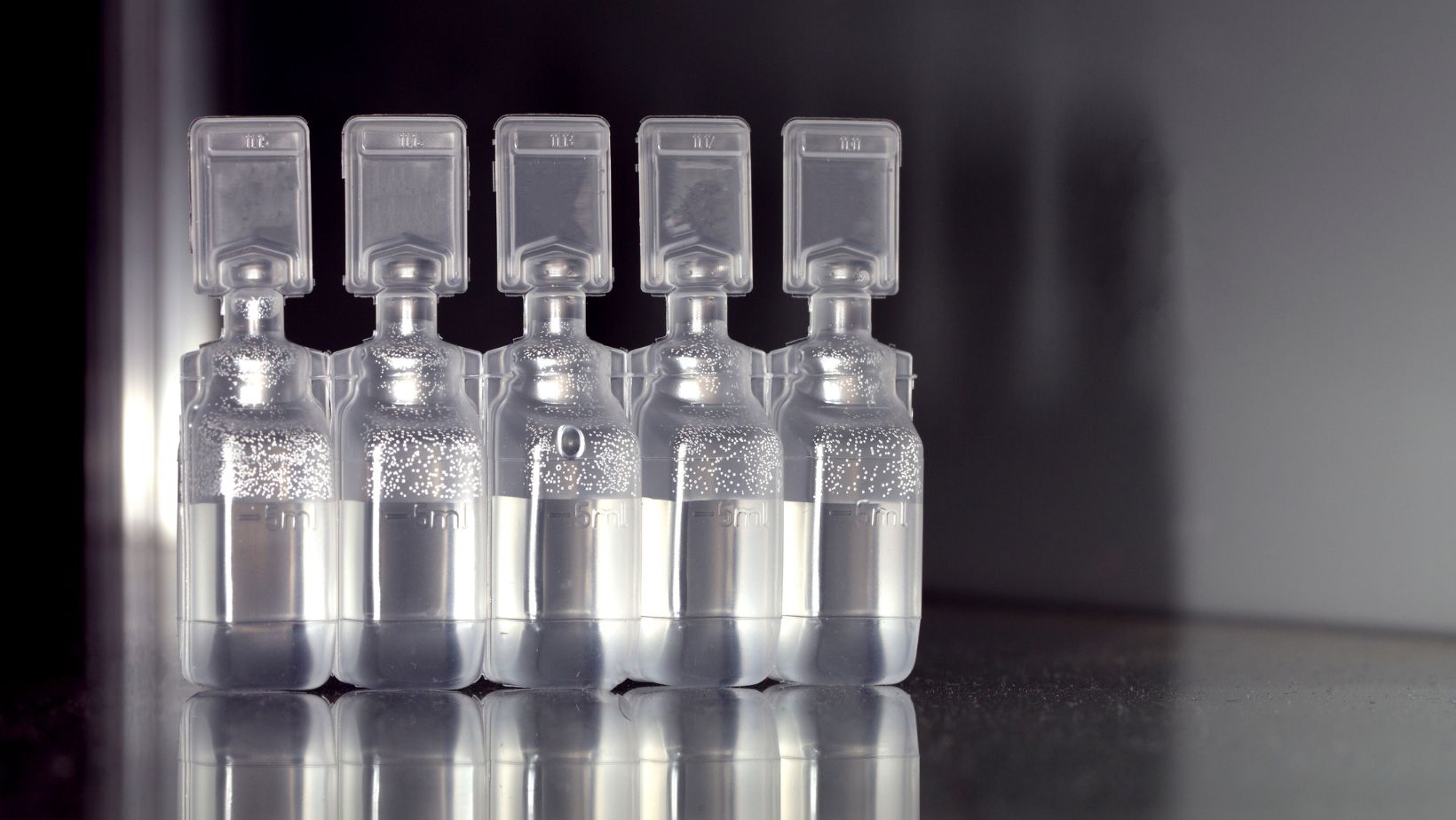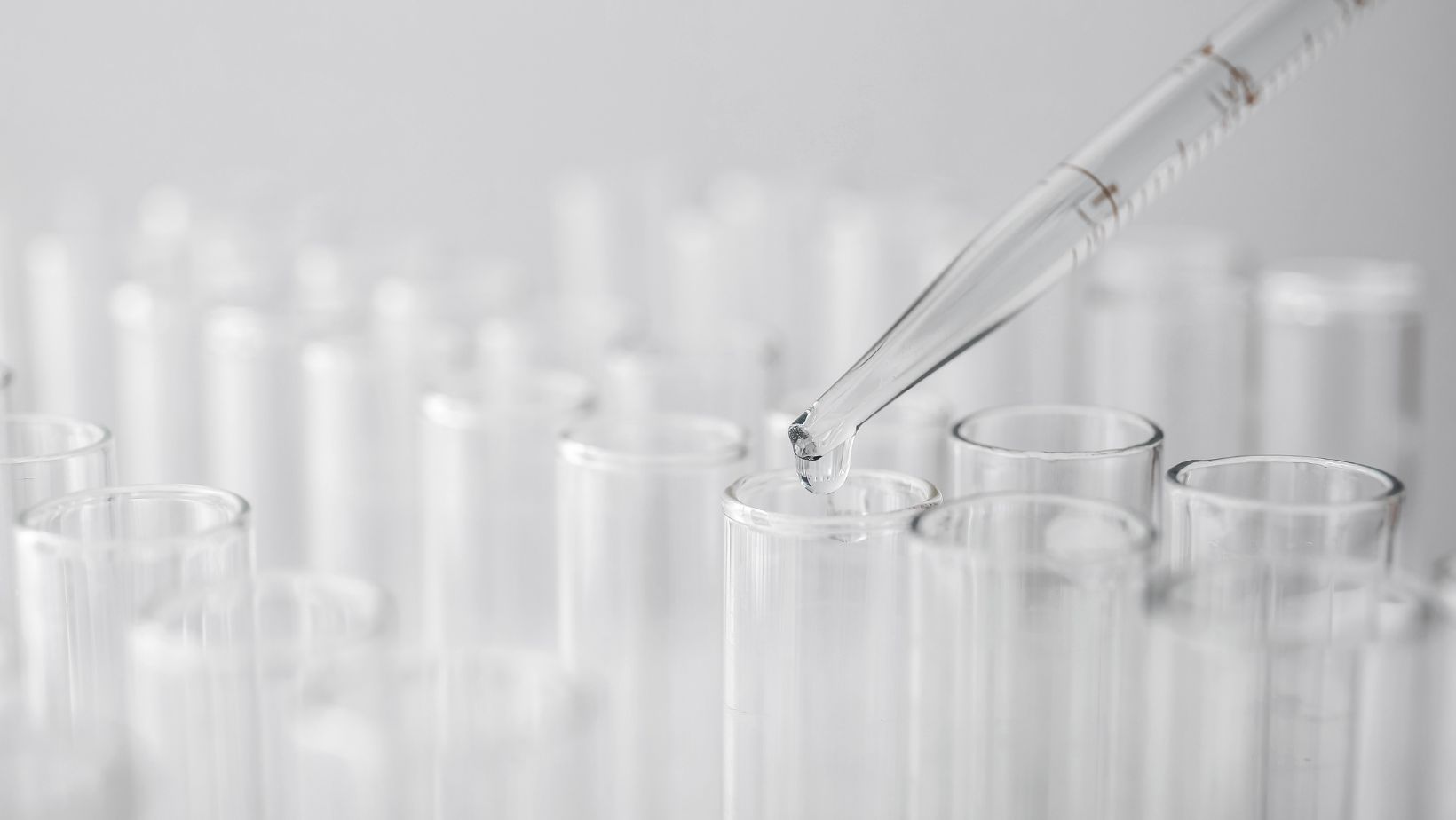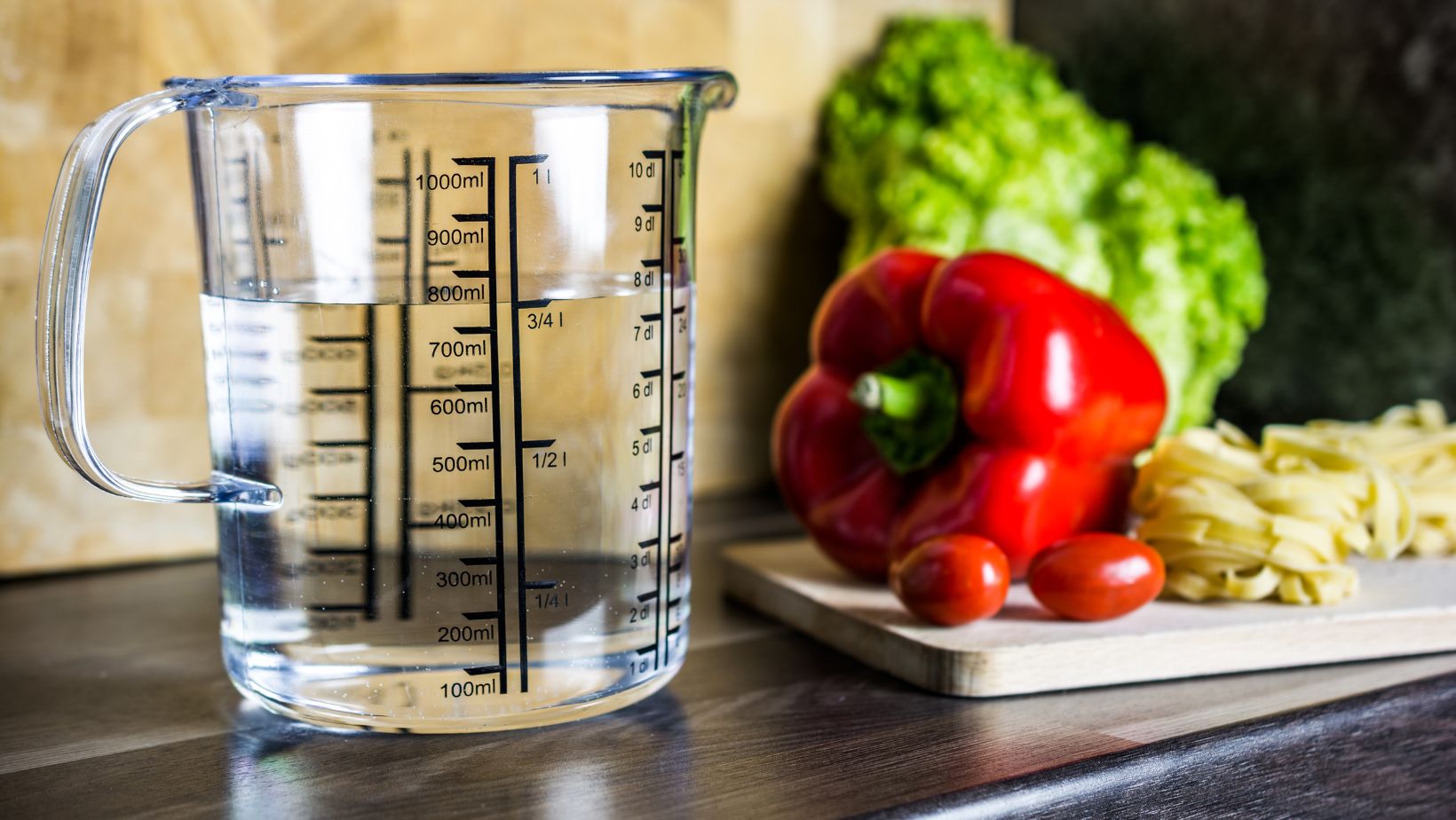The Ultimate Step: How Many ML in a Dropper

Wondering about the exact measurement of a dropper? When it comes to determining how many milliliters (ml) are in a dropper, it can vary depending on the specific dropper you have. Droppers typically come in different sizes, ranging from 0.5 ml to 1 ml or even larger. The volume that a dropper can hold is usually indicated on its packaging.
To get an accurate measurement, it’s important to refer to the markings on the dropper itself. Many droppers have graduated markings along their length, indicating different volumes. These markings allow you to measure out specific amounts of liquid with precision.
How Many Ml In A Dropper
Determining the Standard Dropper Size
When it comes to determining the standard size of a dropper, there are a few key factors to consider. One important aspect is the volume measurement in milliliters (ml). Typically, droppers range in size from 0.5 ml to 1 ml, with some variations depending on their specific use and application.
The most common standard dropper size is 1 ml. This means that when fully filled, the dropper can hold up to 1 milliliter of liquid. However, it’s worth noting that not all droppers have graduations or markings on them. In such cases, you may need to use a measuring device like a syringe or measuring cup to accurately measure the volume dispensed by the dropper.
Factors Influencing Dropper Size
Several factors influence the choice of dropper size for different products and industries. One factor is the viscosity or thickness of the liquid being dispensed. Thicker liquids often require larger droppers with wider openings to allow for easier flow.
Another consideration is dosage accuracy. Some medications or supplements require precise dosing, making it necessary to use smaller droppers that can deliver small volumes with greater precision.
Additionally, industry regulations and standards play a role in determining dropper sizes for specific applications. For instance, pharmaceutical products may have strict guidelines regarding dosing accuracy and consistency, which can impact the selection of an appropriate dropper size.
Common Volume Range of Droppers
While 1 ml is considered standard for many purposes, there are variations in dropper sizes based on specific needs. Here are some common volume ranges you might encounter:
- Small-sized droppers: These typically hold around 0.3 ml to 0.6 ml and are commonly used for essential oils or concentrated solutions where smaller doses are required.
- Medium-sized droppers: Ranging from 0.6 ml to 1 ml, these droppers are often found in the pharmaceutical industry for liquid medications and supplements.
- Large-sized droppers: These droppers can hold up to 2 ml or more and are commonly used in industries such as cosmetics or food flavoring, where larger volumes may be necessary.
It’s important to note that the size of a dropper can vary depending on the manufacturer and intended use. Always refer to the product labeling or consult with a healthcare professional for accurate dosing instructions.

Converting Milliliters to Drops: Calculation Methods
When it comes to measuring liquids using a dropper, it’s essential to understand the conversion between milliliters (ml) and drops. This knowledge can be particularly useful for accurately administering medications or essential oils. In this section, I’ll explain some calculation methods that can help you determine how many ml are in a dropper.
Method 1: Manufacturer’s Guidelines
One of the easiest and most reliable ways to find out how many ml are in a dropper is by referring to the manufacturer’s guidelines. Different droppers may have varying capacities, so it’s important to follow the instructions provided by the product manufacturer. They usually specify the volume of liquid contained in each drop or provide a dropper-to-ml conversion ratio.
Method 2: Experimental Measurement
If you don’t have access to specific guidelines or want to verify them independently, you can conduct an experimental measurement. Here’s how:
- Start by counting the number of drops needed to fill an empty dropper completely.
- Next, transfer the liquid from the dropper into a graduated cylinder or another container with volume markings.
- Carefully read and record the volume of liquid in milliliters (ml).
- Divide this measured volume by the number of drops counted earlier.
- The result will give you an approximate average volume per drop.
Remember that this method provides an estimate and may not account for variations caused by factors such as viscosity or surface tension.
By understanding these calculation methods, you can confidently determine how many ml are in a dropper, ensuring accurate measurement and administration of liquids.



